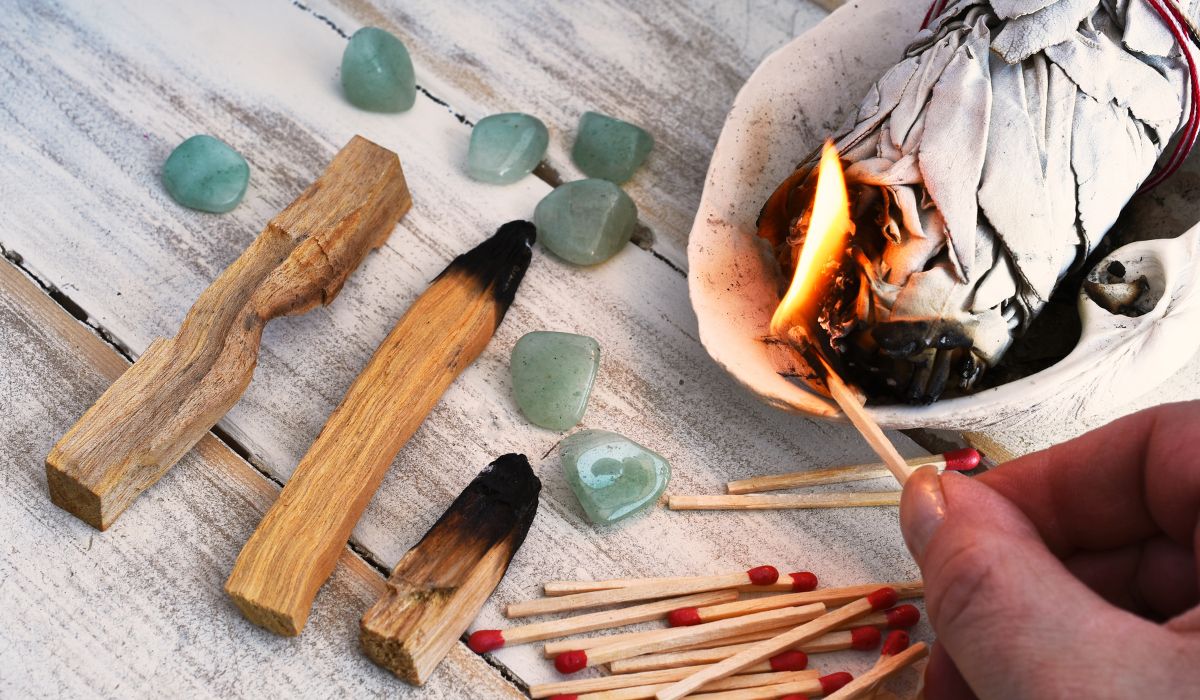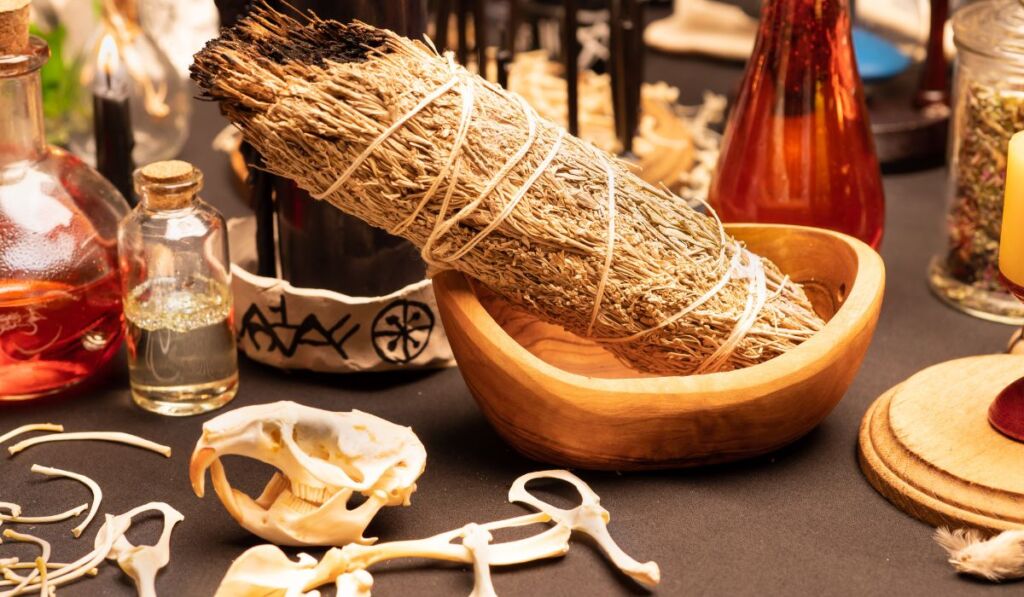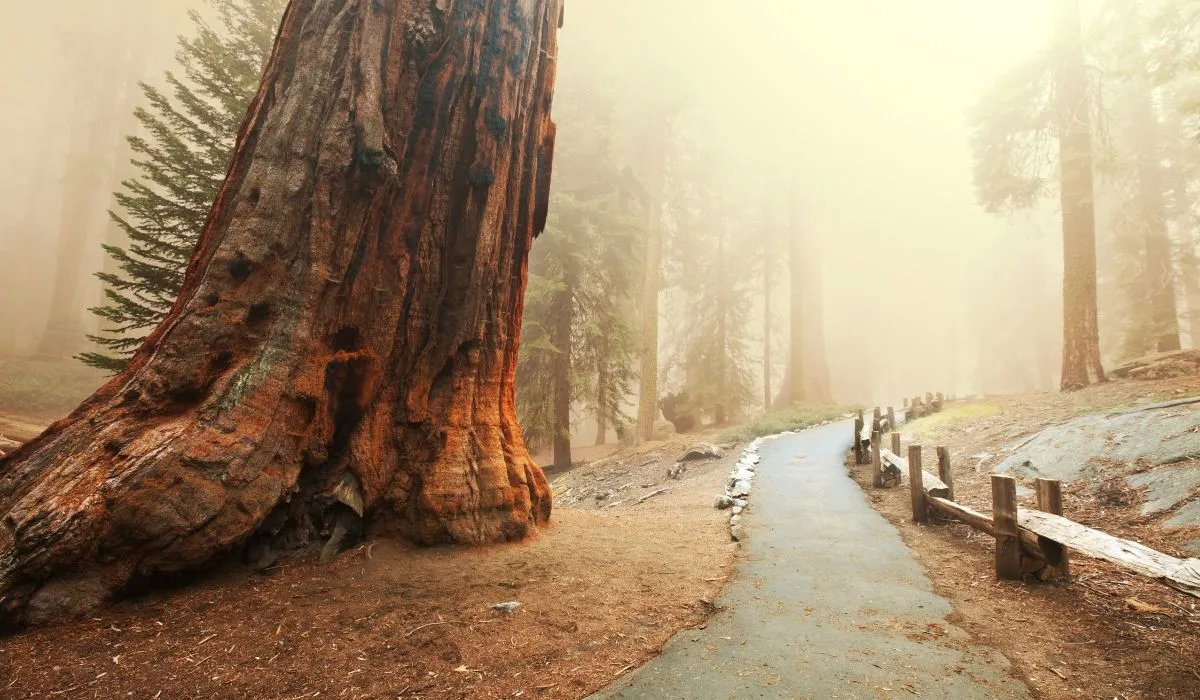Ancient Wisdom and Mystical Traditions
The Ancient Roots and Uses of Sage
White sage, also known as Salvia apiana, is a sacred plant that has been used for thousands of years by Native American tribes for its healing and spiritual properties. Native to the southwestern regions of the United States and Mexico, this plant was commonly used to purify environments and people. The practice of burning sage, known as smudging, was employed to ward off evil spirits, negative energies, and to purify the air during sacred ceremonies. This purification ritual is still practiced today by Native Americans and many other cultures around the world.
White sage is considered a sacred plant and is commonly used in purification rituals known as smudging. During these rituals, sage is burned, and the resulting smoke is spread to purify people, places, and objects, driving away negative energies and bringing blessings.
Sage was also used to treat a variety of ailments, from respiratory infections to skin diseases. Sage leaves were often prepared in infusions or decoctions, or applied directly to wounds as poultices.
In addition to purification and healing, white sage played an important spiritual role. It was burned during prayers and meditations to foster connection with the divine and to invoke protection and blessings. Native Americans believed that sage smoke carried their prayers to heaven, creating a bridge between the earthly and spiritual worlds.
Dreamcatchers: Guardians of Dreams
Dreamcatchers are another symbol deeply rooted in Native American culture, particularly among the Ojibwe and Lakota tribes. These fascinating objects, steeped in symbolism, have become known worldwide for their beauty and spiritual significance.
Origin and Legend
According to Ojibwe legend, the dreamcatcher was created by the ‘Spider Woman,’ Asibikaashi, who cared for the children and people of the land. As the Ojibwe population grew and spread, it became difficult for Asibikaashi to protect everyone. Thus, mothers and grandmothers began making dreamcatchers to protect their children.

Traditional dreamcatchers are made from a circle of willow wood, inside of which is woven a web similar to a spider’s web. In the center of the web is a small hole. Feathers and beads are often added as decorations.
According to Lakota legend, an elderly spiritual leader receives a vision on a high mountain, where Iktómi, the great trickster in the form of a spider, guides him in the creation of a dreamcatcher. Weaving a web with a circle of willow, feathers, and sacred offerings, Iktómi illustrates the cycles of human life, from childhood to old age, and the importance of following positive forces to maintain harmony with the Great Spirit. Iktómi warns that negative forces can distract from natural and spiritual balance. Upon completing the web, Iktómi explains that good dreams are caught while negative ones pass through the central hole. The Lakota elder shares his vision with the people, and since then dreamcatchers have been used as a sacred symbol to filter dreams and visions, preserving the destiny and spirituality of the Lakota people.


In modern times, dreamcatchers are popular not only for their protective function but also as decorative objects and symbols of culture and spirituality. Many modern artisans create dreamcatchers with various materials and designs, keeping this ancient tradition alive in a contemporary context.
The use of American sage and dreamcatchers reminds us of the importance of spiritual and cultural practices of our ancestors. These elements not only enrich our understanding of Native American traditions but also offer powerful tools for spiritual well-being and protection in the modern world. Exploring and respecting these ancient practices allows us to connect more deeply with the wisdom of the past and carry on a rich and meaningful cultural heritage. White sage and dreamcatchers continue to be symbols of purification, healing, and protection, preserving their magic through the centuries.






























